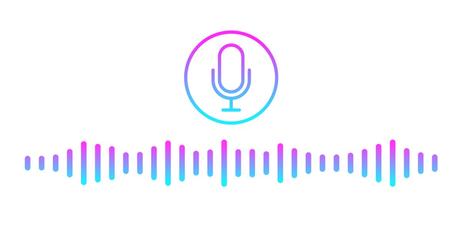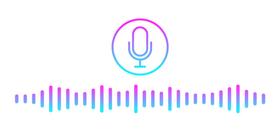Audio-visual materials have enhanced teaching since the beginning of the last century. As a student in Montreal in the 50s and 60s, I remember what a treat it was to listen to a recording or radio broadcast. Those aids were a welcome change from our very formal, British-style lessons taught by teachers who lectured and expected you to memorize reams of tables and facts. Here's a chronology of when the various devices were introduced into classrooms.
Audio-visual aids such as recordings and film projectors have been used in K-12 classrooms for decades. Here's a brief history of their use:
- Phonographs: In the early 1900s, phonographs were used in classrooms to play recordings of music and speeches.
- Film projectors: In the 1920s, film projectors became available and were used to show educational films in classrooms.
- 16mm films: In the 1930s, 16mm films became the standard format for educational films, and schools began building libraries of educational films.
- 35mm filmstrips: In the 1940s, 35mm filmstrips were introduced, a series of images printed on a long strip of film accompanied by an audio recording.
- Slide projectors: In the 1950s, slide projectors became popular in classrooms, allowing teachers to display images and information on a screen.
- Overhead projectors: In the 1960s, overhead projectors became widely used in classrooms, allowing teachers to display written and visual material on a screen in real time.
- Video cassette recorders: In the 1970s, video cassette recorders (VCRs) were introduced, allowing teachers to show pre-recorded videos in the classroom.
- Digital media: In the 1990s, digital
. . .read more










